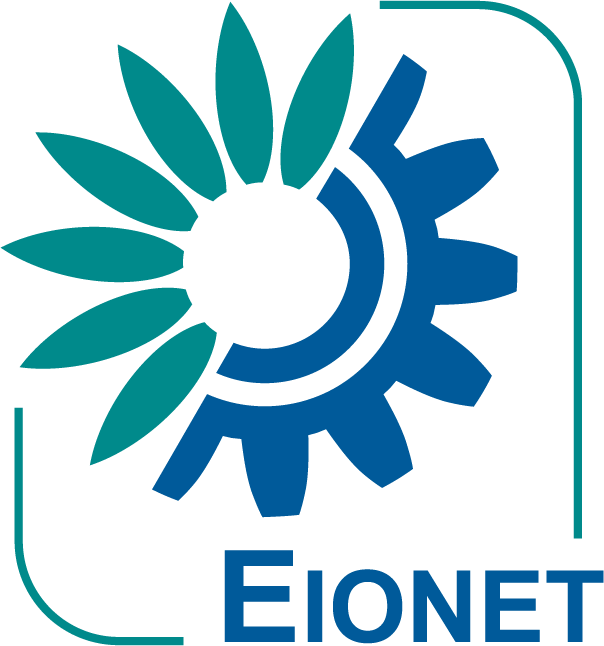ETC BE working paper: Bioeconomy and bio-based innovations: Identifying key levers for delivering the EU Green Deal targets
02 Jul 2025
Maria Serena Mancini, Katsunori Iha, Tin-Yu Lai, Sampo Pihlainen, Marta Antonelli, David Lin, Nicolas Robert, Gorm Dige, Alessandro Galli
Unsustainable socio-economic practices have disrupted Earth’s stability and biophysical dynamics over the past decades. Numerous studies show that human-induced destabilization of key Earth systems is triggering a domino effect, leading to biodiversity decline and accelerating climate change. Addressing these trends requires substantial changes in our societal connection with nature, along with transformative policy and investment decisions to reshape production and consumption patterns, including via technology and innovation.
The Bioeconomy - an economic system based on biological resources, their functions and systems - offers a promising pathway for driving a green transition. However, significant knowledge gaps remain regarding the scalability, socio-economic impact, and environmental performance of existing bio-based innovations.
This working paper provides a first stocktaking of key bio-based innovations in priority economic sectors with high potential to support the transition called for by the EU Green Deal and advance the EU bioeconomy.
Using an environmentally extended multi-regional input-output (EE-MRIO) analysis of 65 economic sectors in the EEA-32 region, the working paper first identifies priority sectors with the highest human footprints where bio-based innovations are most urgently needed – namely construction, food and agriculture, transport, and energy. Then, through a structured multi-step methodology, including a literature review, expert validation, and a multi-criteria screening framework, 23 high-potential "game-changing" bio-based innovations are shortlisted. These span a range of biomass sources – agricultural residues, forestry by-products, marine biomass, and urban/industrial waste – and most of them demonstrate high technological readiness and contribute to resource efficiency, GHG mitigation, and circularity goals.
Yet, regional implementation gaps persist across EEA countries, alongside uncertainties concerning biodiversity impacts, feedstock sustainability, and employment effects. The study recommends targeted investment, interregional knowledge transfer, and further scenario-based assessments to guide future EU bioeconomy policy and investment strategies.
Prepared by:
Lead authors: Maria Serena Mancini (GFN), Katsunori Iha (GFN), Tin-Yu Lai (SYKE), Sampo Pihlainen (SYKE), Marta Antonelli (GFN), David Lin (GFN), Nicolas Robert (EEA), Gorm Dige (EEA), Alessandro Galli (GFN)
Layout: Claudia Neitzel (NIVA)
